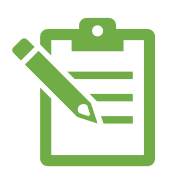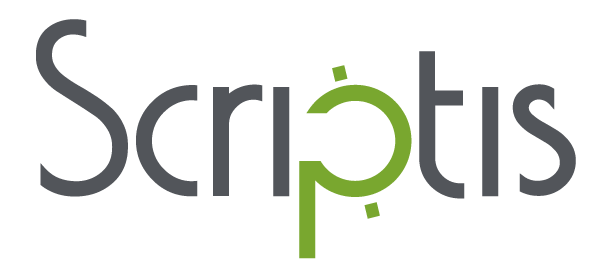Case study: Translation for patient information guides

Executive Summary
Our client, a non-profit organization, connects people to trusted breast cancer information and a community of support. They came to Scriptis for help with translation for patient information guides. Their guide for newly diagnosed metastatic breast cancer patients needed localization for Chinese, French, Spanish, Tagalog, and Vietnamese-speaking audiences. We recommended a three-step process for the project: cultural consulting and translation, followed by desktop publishing.

The Challenge
Our client’s brand guidelines require communications to sound like they are coming from a trusted and well-informed friend. Presenting information in culturally relevant terms is essential for establishing both trust and comprehension. Before translation began, we worked with cultural consultants to review and adapt each guide to ensure a familiar, culturally relevant tone.

Performance
Cultural consulting
Our client provided us with audience profiles for each language group. These included descriptions of personas typical of the target audience. We drew on our network for bilingual, bi-cultural experts on women’s health in immigrant communities. Each consultant reviewed the English source text and recommended changes to make it more relevant to Asian and Hispanic audiences. Issues identified by cultural consultants included:
- Acknowledging the role of the family. In many cultures, the family plays a central role in health care decision-making.
- Understanding the healthcare system. We could not take for granted that the patients were familiar with healthcare jargon.
- Understanding differences between Western and Eastern medical ideas about treatment, healing, faith, disclosure of information, and perspectives on palliative care.
- Addressing issues around privacy, dignity, “saving face,” and the role of health care interpreters.
- Attention to the suitability of visual elements.
Our cultural consultants suggested changes to the English source. Then, our client’s copywriters and graphic designers updated the simplified English sources accordingly. Once the internal medical reviewers had approved the final adapted versions, we began translation.
Glossary, Style Guide, and Translation
For our first step in the translation workflow, we created a glossary of terms and compiled translations of these terms. These became term bases for the project. We worked with translators who specialized in health and community outreach. Each translation was edited and proofread by a second subject matter specialist. After our internal quality control, the client’s in-house team reviewed and approved the translations.
Desktop publishing
After approval, our desktop publishing team reformatted the guides. A particular design issue specific to translation is “text expansion.” The Spanish, Tagalog, and Vietnamese texts required more space than English. Chinese, on the other hand, takes up less space on the page. Because the brochures were for print publication rather than digital, adjusting the font size to accommodate expansion was not an option. Also, the client needed certain information to be on corresponding pages, so reformatting was required to reflow the text and resize text boxes and images to fit in the available space. New style guidelines were developed specifically for this process.

Results
We met our client’s deadlines and exceeded their expectations. The guides were made available to both domestic and international patients. After we finished this project, we leveraged our careful front-end preparation for ongoing translation for patient information. For example, they later added multilingual material to their website. The translation memory, glossary, and previously translated text streamlined this process.
We take pride in the part we played in making culturally relevant multilingual medical information available to newly diagnosed cancer patients.
